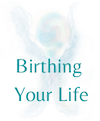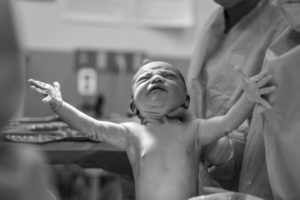You have probably heard the quote, “Those who do not remember the past are bound to repeat it.” Alternatively, and perhaps more accurately, Mark Twain is reported to have declared, “History doesn’t repeat itself but it rhymes.”
Why is this relevant to the subject of life after birth? In my experience, those discovering that we had life – or experience – before birth and how profoundly that prenatal time can influence us, tend to be sucked into a prenatal history kind of vortex. It may take years to emerge from the mess, if we ever do. Our prenatal history is highly fascinating and seductive, for many reasons. There is, however, a reason for us to be drawn to learn about it. I believe that reason involves our potential to be freed and empowered to live in the way we choose, rather than continuing to unconsciously re-enact our history.
What are you aware of as you read these words? Some will react with indignation. “I have finally started learning about how the toxicity or rejection or struggles or etc. I experienced in the womb has affected me all my life. Why are you taking this away from me?” No, I am not taking anything away. You are no longer a dependent, helpless, vulnerable little prenate! When we learn to differentiate between what happened back then and what is happening in current time, we become freer to make choices and to access what I call our original potential.





YES thank you! No limitations from the past or even time itself. But born right now in this moment. Smiling together with you all for 2018!
Thank you!